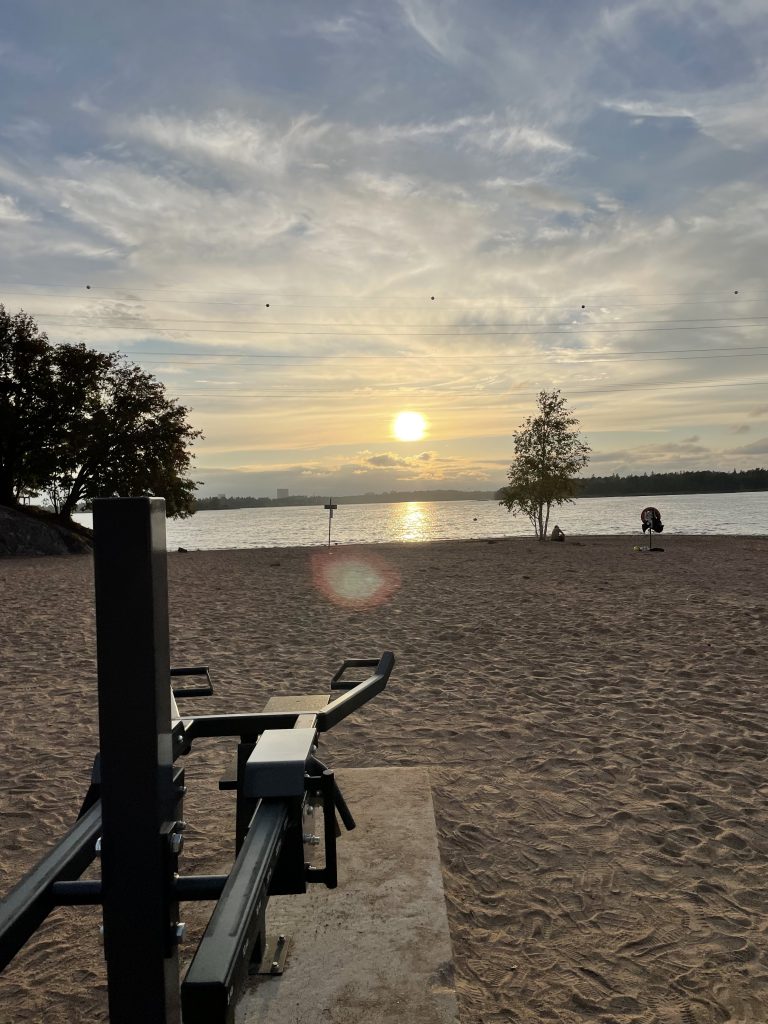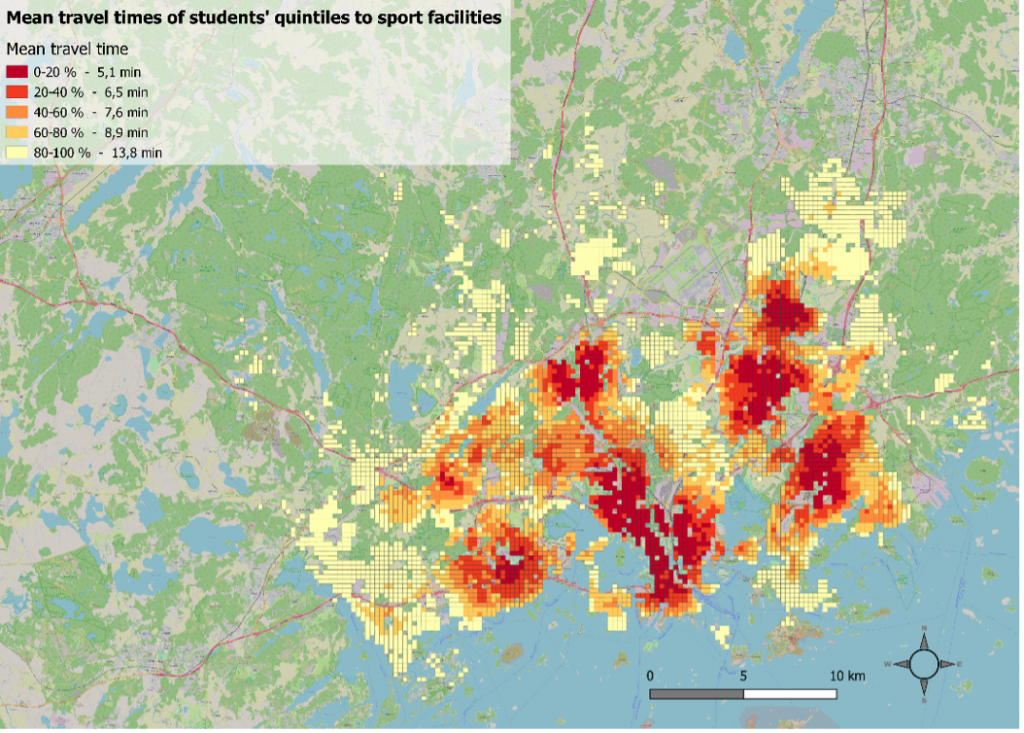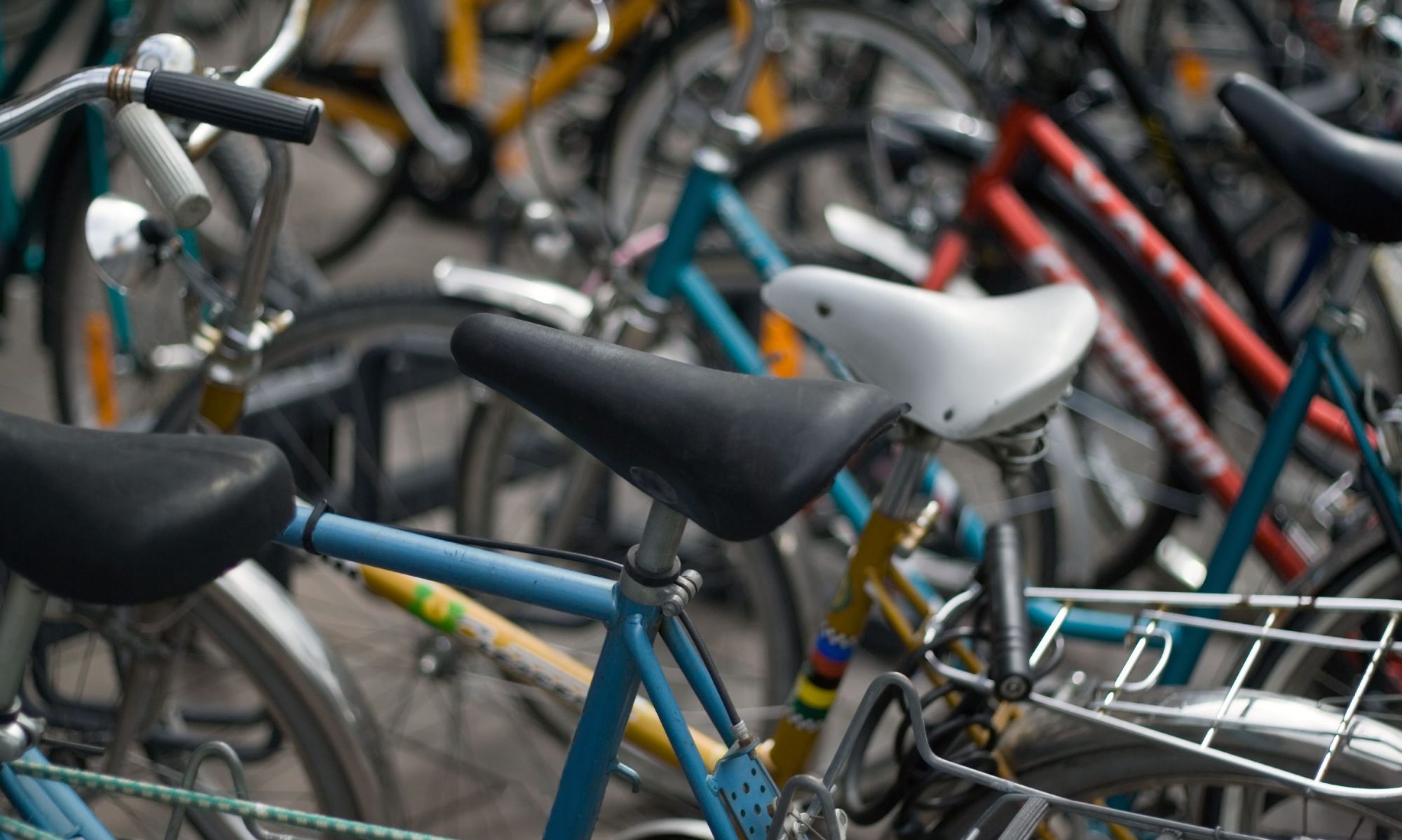
After moving to Helsinki for my university studies at University of Helsinki, it took me a great while before returning to my normal exercise routine. Having a past of elite sport, I feel the best when working out daily, but due to moving to another city and focusing more on my studies, I reduced the amount of physical activity. It was not an active choice to stop working out, it just happened because of not knowing good affordable workout locations in Helsinki. If I wanted to go workout, it usually ended with me pushing the idea forward after not being able to decide what kind of gym to use. I did not consider getting a membership to Unisport gym, which is an affordable gym for students, because it was too far away from my home, but then other gyms closer by where too expensive or very small, I did not either want to bind myself to one place before knowing for sure if it was the right place. These where some of the reasons why my physical activity declined after moving to another city for studying. I thought I was lazy and unmotivated to not workout, but in reality I was facing physical activity obstacles which can reduce or prevent physical activity. How does the accessibility to physical activities effect students? What could make it more accessible?
Author: Mathilda Lassenius
Physical activity obstacles
Throughout the YLLI-project the most common obstacles have been categorised and used to find out what are the most usual physical activity obstacles that prevent Finnish residents from living an active lifestyle. Most people find that either lack of time or a depressive mood are the biggest factors that limits them from doing physical activity, and those who experience the most obstacles are people with a foreign mother language, single parents, 30–40-year-olds and low-income earners.
It is not possible to put university students under the same category as people who are already working nor with young adults, because of different lifestyles. Most university students rely on the economic support from the government and most being low-income earners, students might face more obstacles. Throughout the studies it varies a lot how much time you have, in the beginning of the studies students are very busy with new studies and student activities, which means they probably suffer from the lack of time but further on in the studies it gets easier to handle studies and free time activities.
Spatial dimensions

In the Helsinki region there are plenty of built and formal exercise options, offering both public and private sport facilities for everyone, some even offer affordable gym subscriptions for students. Neither the quantity of nor the spatial distance to sports facilities is a reason to not doing physical activity in Helsinki. Most students live close to sport facilities in Helsinki, in the inner-city students are within walking distance to many sport facilities, having less than 5 minutes of travelling time (Mäkelä & Nylander 2022). On the table above, you see that most people live closer than 5 minutes to gyms and outdoor sport facilities in Helsinki. Accessibility through spatial dimensions is not an obstacle in Helsinki, unless you live in the outskirts, although most students live closer to the campuses or the city center.
Lack of information
When I moved to Kamppi I knew the area, but I did not know where to do physical activities. There are plenty of exercise options, but to know where everything is situated takes time. In the beginning of the studies, it is very hectic and finding a routine with all new activities was tough. Not knowing where the best gyms are or what options you have, or what sports facilities are near your normal route, might put you off from doing physical activities. Dimension of information is one of the accessibility obstacles, which has been more often reported to be a factor hindering people from doing physical accessibility than the amount of sport facilities or their quality. The lack of information and knowledge is an obstacle when wanting to exercise, especially when you haven’t got yourself settled down yet. This is what happened to me, and I know many of my friends have struggled with this too. I had plenty of gyms close to where I lived, but most where too expensive for my budget. There are many other sports facilities, but when first moving there I did not know where anything was.
Therefore, I can say that the lack of knowledge was my biggest obstacle to physical activity when moving to a new city. It helps to talk to people to find out about their preferences and to see on social media where other people do sports. There are free services like LIPAS which is a national database of sport facilities and their condition, so you can see what types of sports activities exist close by. Knowing about this website could have helped me find outdoor gyms, and different indoor sports activities. For example, there is an outdoor gym on my normal jogging route around the Hietaniemi cemetery, but it is hidden away on the beach where you don’t walk past, so I did not know about the outdoor gym before finding it online. When becoming familiar with the area, the lack of knowledge will become a smaller obstacle but still be existing.
Global pandemics affect on the amount of physical activity
It is also important to emphasize Covid-19 share in creating obstacles regarding accessibility of physical activity. Having most gyms being closed down, and the possibility of being shut down again after the strictest restrictions had been lifted, was an uncertainty which might have affected people’s choices to commit long-term to sport facility memberships. During Covid-19 people reported to be doing less physical activity than before the pandemic, this is a result of most sport facilities being shut down and people working from home (VLN 2020).
For the first year of the pandemic I avoided gyms but tried to stay active by doing other physical activity such as running, but I was less active than before the pandemic. I started studying during the pandemic and with all courses being online, there was no need to walk and take public transport to school, I tried to walk as much as possible during the day, but it was not close to the same as before covid. Working out was usually difficult with all distractions resulting in never being a long workout, I find it much easier to focus at the gym where I have access to plenty of equipment. Therefore, my workouts where much shorter than before and they did not meet up with the recommended amount of physical activity. After the restrictions got lifted there was always the possibility of closing again, which at resulted in me waiting until the most rules had been lifted, which was almost two years after the first covid restrictions.
Balance between studies and being active
It is important that students continue with physical activity when starting university because physical activity helps to release stress and brings a balance to your life. Especially in Helsinki where there is a lot of sport facilities, it would be important to have easier access to information. Therefore, students or other people who are new to the city could find sport facilities matching their interests. The information needed is for example where the places are, the opening times, entry fees and student discounts, equipment in the sport facility and if there is group activities you can join. This would already reduce the obstacle of lack of information, making it easier for students to find areas to do physical activities year around.
Sources:
Valtion liikuntaneuvosto (2020). Koronapandemian vaikutukset väestön liikuntaan. Valtion liikuntaneuvoston julkaisuja 2020:2.
Mäkelä, H. & Nylander, B. (2022) Students’ accessibility to sport facilities in Helsinki and in Jyväskylä regions.
